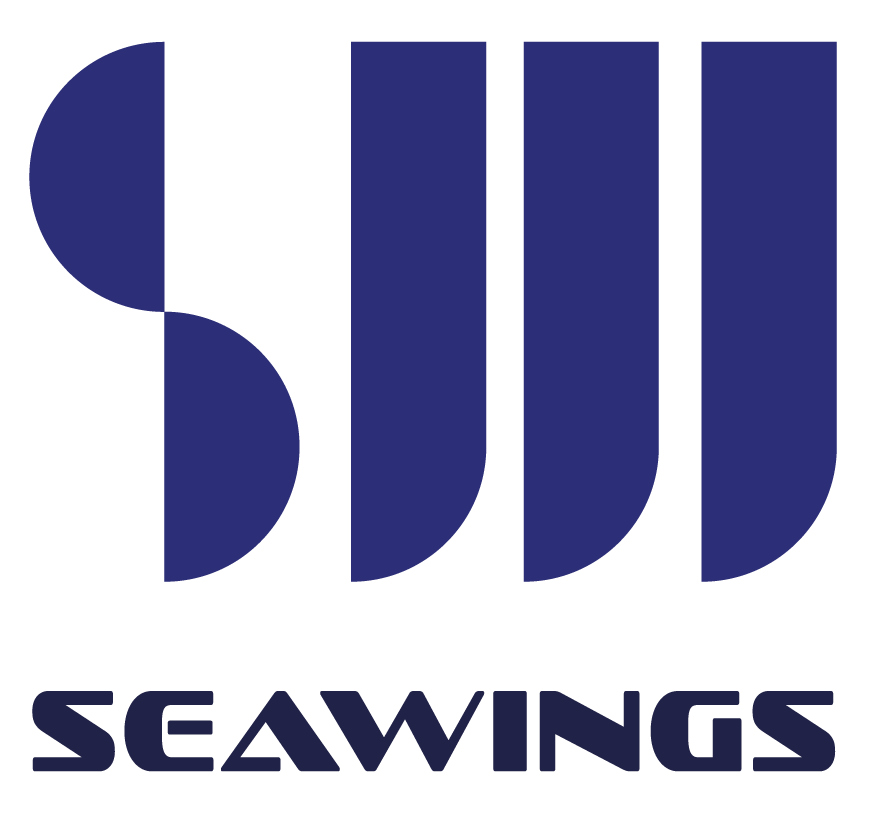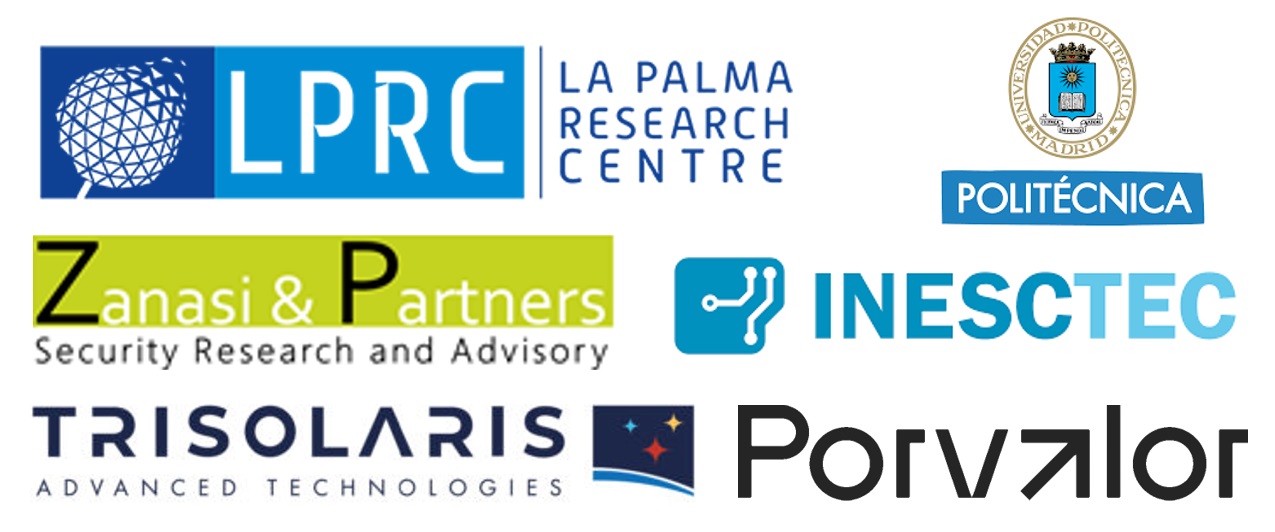The SEAWINGS proposal, coordinated by La Palma Research Centre SL, has been accepted by the European Commission (EC) and will be funded under the European Defence Fund (EDF) programme between 2023 and 2026 with Grant Agreement no. 101102763.

Seawings – Sea/Air Interphasic Wing-in-Ground Effect Autonomous Drones envisages to develop a new class of military surveillance drones, that exploits the ground effect to operate in the sea/air interface, giving rise to a new type of unmanned craft, Unmanned WIG Vehicles. These innovative vehicles are able to provide enormous advantages over existing locomotion means, efficiently combining high payload capacity, high speed, flexibility, low cost and energy efficiency. In addition, it allows interaction with the marine environment, being able to touch down, take off and to surf in the water.
WIG vehicles are specifically designed to exploit the ground effect to glide over a level surface, usually a water surface. Ground effect is an aerodynamic phenomenon caused by the interaction that the moving wing has with the surface below, which creates low pressure on top of the wing and high pressure below it. In addition, at the tip of the wings, the high pressure pushes while the low pressure pulls the air on top of the wing, creating vortices of air on the tips of the wings, reducing the lift. Regular planes uses this phenomenon to take off and may take advantage of it to land, while WIG crafts are built to fly in the ground effect.
WIG vehicles have not been researched in the EU yet, thus the know-how created by SEAWINGS will set the basis for the further development of this technology, allowing Europe to be leader in the development of this emerging technology. Furthermore, the drone’s ability to operate in the sea/air and land/air interphase can lead to the development of more concepts, technologies and strategy that are not applied in the European defence sector. Finally, SEAWINGS output can be extended to different application markets, that will be identified during the project. This will increase the non-dependence of the EU from third countries.
The Unmanned WIG Vehicle will facilitate Intelligence, Surveillance and Reconnaissance activities by EU Member States, increasing their strategic preparedness and ensuring the success of future defence-related operations and missions. SEAWINGS strengthens this capacity, by providing the military forces an Instrument able to widen the range of operations connecting ground, naval and aerial assets. Several application field have been already during the proposal, and more will be searched during the project and will be lead by Zanasi & Partners.
Some application scenarios have been already identified during the proposal stage of the project. SEAWINGS’ drone could be used in the fight against transnational organised crime, detecting and tracking drug trafficking at sea, as well as to combat illegal immigration and human trafficking networks. The drones could also be used to enhance the security of sea trade routes and to fight piracy, assessing multiple infrastructures that could be affected by cybercrime. Additionally, SEAWINGS could also be used in response to natural or provoked catastrophes and calamities, in search and rescue missions.
The Consortium is made of 6 partners from 3 European countries possessing the necessary competences and local/regional connections and experience to implement and expand the project’s goal and results.
Documentation
SEAWINGS Project Partners




